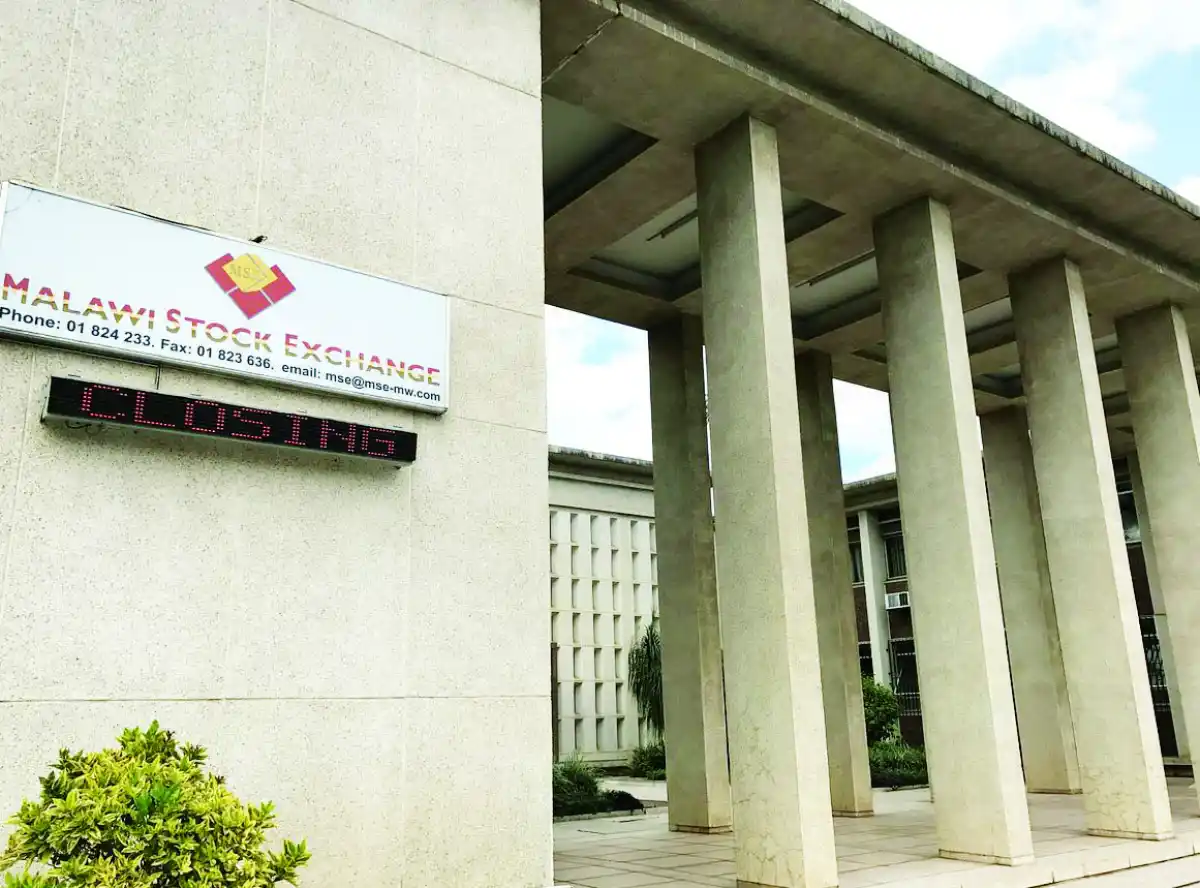
The amount of goods and products imported by Malawi reached the highest level in 2023, recorded at $3.14 billion, according to figures from the International Trade Centre (ITC) Trade Map.
The amount highlights a 102 percent jump from 2022 when the country imported goods worth $1.55 billion.
However, the 2022 value was a drop from $3.12 billion worth imports recorded in 2021 mainly due to foreign exchange scarcity the economy faced.
Between 2019 and 2020, the country’s import value was recorded at $2.9 billion and $2.7 billion, respectively.
During the five-year period, China and South Africa have dominated as Malawi’s top trading partners pushing in goods worth between $440 million to $570 million annually.
In 2023, among other products, Malawi imported nuclear reactors, boilers, machinery and mechanical appliances, electrical machinery and equipment and parts thereof, sound recorders and reproducers, television, other made-up textile articles, worn clothing and worn textile articles, rags, fertilisers, and plastics from China.
From South Africa, the country imported plastics and articles thereof, vehicles other than railway or tramway rolling stock, and parts and accessories thereof, nuclear reactors, boilers, machinery and mechanical appliances; parts thereof, printed books, newspapers, pictures and other products of the printing industry; manuscripts and iron and steel among others.
The development has also reflected on a widening trade deficit as the country’s exports have been fluctuating from $912.9 million in 2019 and a drop to $781.9 million in 2020.
The country recorded the highest value of exports in 2021 at $1.01 billion before another drop in 2022 to $940.8 million and a slight in to $965.5 million in 2023.

In an interview, economist Marvin Banda said with an exponentially growing population and very narrow production and manufacturing base, it naturally translates to a heavy reliance on imports.
He further said the unsustainable demand for imports is undermining the supply of means of production especially on foreign currency market.
“The bulk of imports have been for transitory stages of consumer goods and services that have a high replacement ratio meaning that there is added pressure which further disturbs the equilibrium that determines the trade balance,” Banda said.
Another economist Velli Nyirongo said to bolster trade and export performance, a well-defined and targeted strategy is imperative.
He said the government should actively promote exports to specific countries, tailoring its approach to their import demands.
“For instance, Malawi could focus on exporting legumes to China and mangoes to India. This process would ideally begin with the establishment of trade agreements with these target nations,” Nyirongo said.
According to the Malawi Investment and Trade Center Malawi’s top imports comprise petroleum oils at 16.84 percent, fertiliser at 14.39 percent, vehicles at 5.88 percent, electrical equipment and parts at 4.92 percent, pharmaceutical products at 3.98 percent and textiles at 3.5 percent.








0 Comments